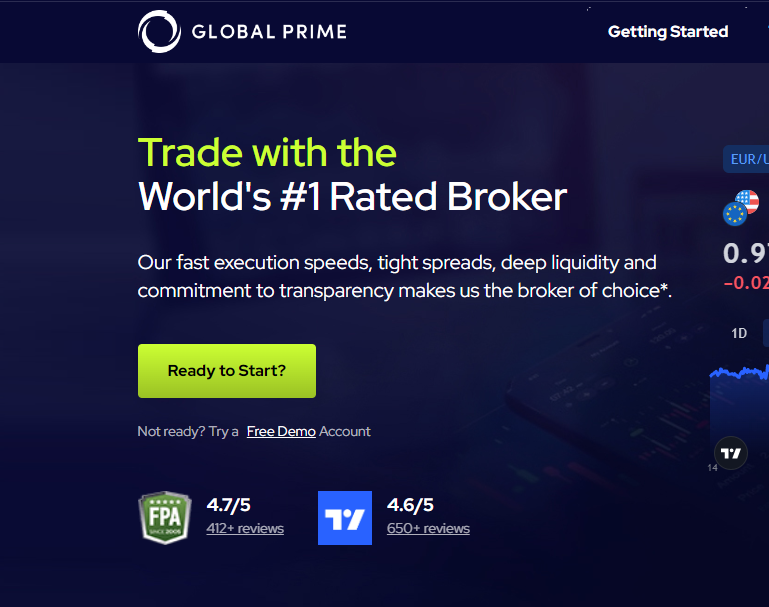An emergency fund is like a financial safety net that can protect you from unexpected expenses or income disruptions. It provides a sense of security and peace of mind, allowing you to focus on long-term investment goals without worrying about short-term setbacks.
In this article, we’ll explore why every investor needs an emergency fund and how to build one that suits your individual needs. We’ll discuss the importance of having liquid assets readily available, the ideal size of your emergency fund, and the potential consequences of not having one.
Investing can be a rewarding journey, but it’s not without its risks. By having an emergency fund, you can navigate these risks with confidence, knowing that you have a financial backup plan in place. So, let’s dive in and discover the essential role an emergency fund plays in your investment strategy.
The importance of emergency funds for investors
Emergency funds play a crucial role in financial planning, and smart investors, in particular, can benefit significantly from having one. Here are 6 important reasons why emergency funds are essential for investors:
1. Financial Security during Market Volatility
Markets can be unpredictable, and investments may experience fluctuations. Having an emergency fund provides a financial cushion during periods of market volatility, allowing investors to avoid selling investments at a loss during downturns.
2. Protection Against Unforeseen Expenses
Life is full of unexpected events such as medical emergencies, car repairs, or home maintenance. An emergency fund ensures that investors have the financial means to cover these unforeseen expenses without having to dip into their investment portfolios.
3. Peace of Mind and Reduced Stress
Knowing that there is a financial safety net in place can provide peace of mind to investors. This reduced stress allows for better decision-making and the ability to stay focused on long-term investment goals without being swayed by short-term financial challenges.
4. Preventing Forced Liquidation of Investments
Without an emergency fund, investors may be forced to sell their investments prematurely to cover immediate financial needs. This can lead to selling at a loss or missing out on potential future gains. An emergency fund helps prevent the need for such forced liquidation.
5. Maintaining Investment Discipline
Investors often have specific financial goals and time horizons for their investments. An emergency fund helps maintain discipline by providing a source of funds for unexpected expenses, allowing investors to stick to their planned investment strategy without deviation.
6. Cushion During Job Loss or Income Reduction:
In the event of a job loss or a significant reduction in income, an emergency fund provides a buffer to cover living expenses while seeking new employment or adjusting to the change in financial circumstances. This can help investors avoid tapping into investments prematurely.
How much should you save in your emergency fund?
The ideal size of your emergency fund depends on your individual circumstances, including your monthly expenses, income stability, and risk tolerance. As a general rule of thumb, financial experts recommend saving three to six months’ worth of living expenses in your emergency fund.
This amount provides a sufficient buffer to cover most unforeseen circumstances, such as medical emergencies, car repairs, or temporary job loss. However, if you have a more volatile income or work in an industry with higher job insecurity, you may want to aim for a larger emergency fund, such as nine to twelve months’ worth of expenses.
It’s important to regularly reassess the size of your emergency fund as your circumstances change. For example, if you experience a significant increase in expenses or a decrease in income, you may need to adjust your savings goal accordingly.
Where to keep your emergency fund
When it comes to the location of your emergency fund, accessibility and safety are key considerations. You want your funds to be easily accessible in case of an emergency, but you also want to ensure they are protected from loss or theft.
A common recommendation is to keep your emergency fund in a high-yield savings account or a money market account. These types of accounts offer a slightly higher interest rate than traditional savings accounts while still providing liquidity. Additionally, they are typically insured by the Federal Deposit Insurance Corporation (FDIC) or the National Credit Union Administration (NCUA), which protects your funds up to a certain amount.
It’s important to avoid investing your emergency fund in assets that are subject to market volatility, such as stocks or bonds. While these investments may offer higher returns over the long term, they can also experience significant fluctuations in value, which may not align with your short-term emergency needs.
How to build an emergency fund as an investor
Building an emergency fund as an investor requires discipline and a systematic approach. Here are some steps to help you get started:
1. Set a savings goal: Determine how much you want to save in your emergency fund and establish a timeline for achieving that goal.
2. Create a budget: Take a close look at your income and expenses to identify areas where you can cut back and save more. Consider automating your savings by setting up automatic transfers from your paycheck to your emergency fund.
3. Prioritize your emergency fund: Make saving for your emergency fund a top priority, even if it means temporarily reducing your contributions to other investment accounts. Remember, the stability provided by an emergency fund is crucial for long-term investment success.
4. Minimize unnecessary expenses: Review your spending habits and identify areas where you can cut back. This could include reducing eating out, cancelling unused subscriptions, or finding more affordable alternatives for everyday expenses.
5. Stay committed: Building an emergency fund takes time and patience. Stay focused on your savings goal and resist the temptation to dip into your fund for non-emergency expenses.
Tips for managing your emergency fund
Once you’ve built your emergency fund, it’s important to manage it effectively to ensure it remains readily available when you need it most. Here are some tips to help you do just that:
1. Regularly review and update your fund: Reassess your emergency fund needs at least once a year or whenever there are significant changes in your income or expenses. Adjust your savings goal accordingly to ensure your fund remains adequate.
2. Separate your emergency fund from your everyday accounts: Keep your emergency fund in a separate account to avoid accidentally using it for non-emergency expenses. This will help you maintain the integrity of your fund and ensure it’s there when you need it.
3. Automate your contributions: Set up automatic transfers from your paycheck or checking account to your emergency fund. This will make it easier to consistently save and prevent you from forgetting to contribute.
4. Replenish your fund after using it: If you have to tap into your emergency fund, make it a priority to replenish the amount as soon as possible. This will ensure your fund remains at its desired level and ready for future emergencies.
5. Educate yourself on emergency fund best practices: Stay informed about the latest strategies for managing emergency funds. Read books, attend seminars, or consult with financial advisors to enhance your knowledge and make informed decisions.
Also Read: 8 Easy and Practical Tips to Save Money
Common mistakes to avoid with emergency funds
While emergency funds are an essential part of any investment strategy, there are some common mistakes that investors should avoid. These include:
1. Not having an emergency fund at all: Many investors overlook the importance of having a financial safety net and focus solely on their investment portfolios. This can leave them vulnerable to unexpected expenses or income disruptions.
2. Underestimating the size of your emergency fund: It’s crucial to accurately assess your living expenses and factor in potential risks when determining the size of your emergency fund. Underestimating this amount can leave you ill-prepared for emergencies.
3. Using your emergency fund for non-emergencies: It’s important to resist the temptation to dip into your emergency fund for non-essential expenses. This can deplete your fund and leave you vulnerable when a true emergency arises.
4. Neglecting to regularly review and update your fund: Your financial circumstances can change over time, so it’s important to reassess and adjust your emergency fund as needed. Failing to do so can result in an inadequate fund when you need it most.
5. Failing to replenish your fund after using it: If you have to use your emergency fund, make it a priority to replenish the amount as soon as possible. Failing to do so can leave you without a safety net for future emergencies.
The role of emergency funds during market downturns
Market downturns can be particularly challenging for investors, but having an emergency fund can provide a sense of stability and peace of mind.
During a market downturn, your investments may experience temporary losses in value. However, if you have an emergency fund, you can avoid selling your investments at a loss to cover immediate expenses. Instead, you can rely on your emergency fund to meet your financial needs until the market recovers.
This allows you to take a long-term perspective on your investments and avoid making impulsive decisions based on short-term market fluctuations. By staying invested and sticking to your investment plan, you increase your chances of benefiting from the eventual recovery and growth of the market.
Emergency fund vs. other types of financial reserves
While emergency funds are crucial for investors, it’s important to distinguish them from other types of financial reserves.
An emergency fund is specifically designed to cover unexpected expenses or income disruptions. It provides a safety net that allows you to maintain your investment strategy and avoid liquidating your investments prematurely.
Other types of financial reserves, such as retirement accounts or college savings accounts, serve different purposes. These accounts are intended for long-term goals and should not be used for immediate financial needs.
By having separate funds for different purposes, you can ensure that each one remains intact and focused on its intended objective. This helps you stay on track with your long-term financial goals while also being prepared for short-term emergencies.
Conclusion
Investing can be a thrilling and rewarding journey, but it’s important to remember that it comes with its fair share of risks. By having an emergency fund, you can navigate these risks with confidence, knowing that you have a financial backup plan in place.
An emergency fund provides a sense of security and peace of mind, allowing you to focus on your long-term investment goals without worrying about short-term setbacks. Evaluate your savings goals, create a budget, and stay committed to regularly contributing to your emergency fund. Your future self will thank you for it.
—
Disclaimer: The information provided in this article is for informational purposes only. It should not be considered financial advice. Please consult with a financial advisor or professional before making any financial decisions.







